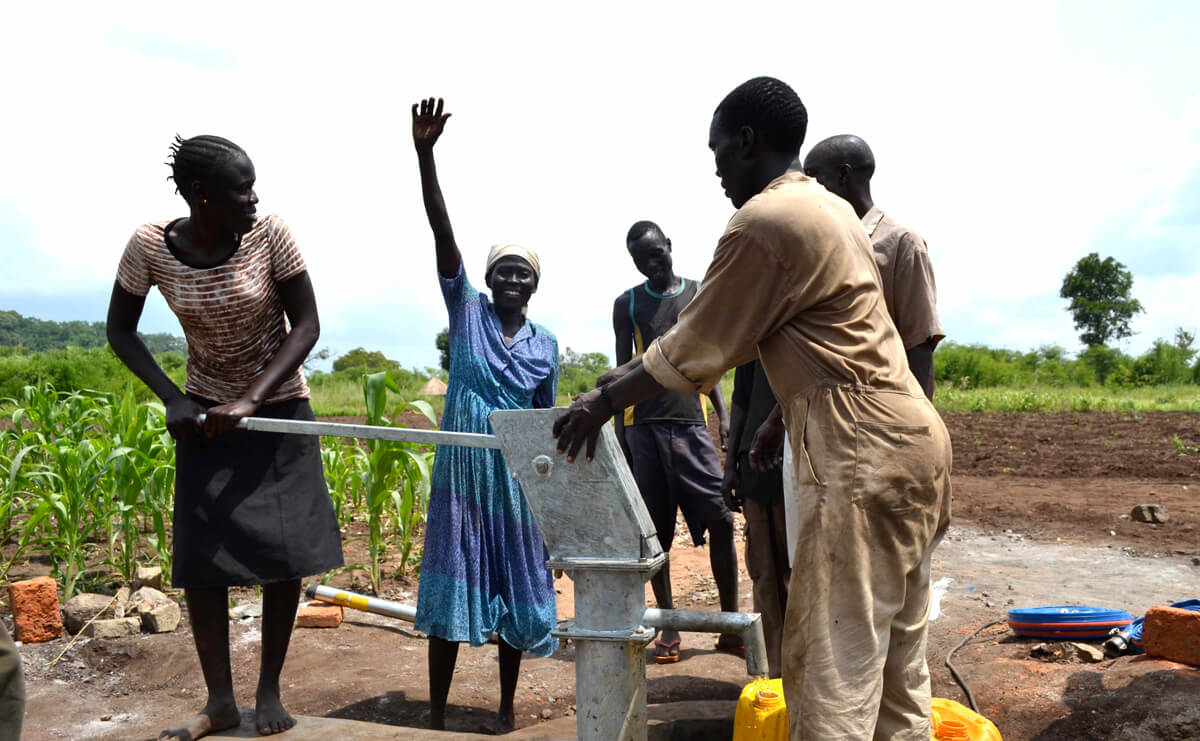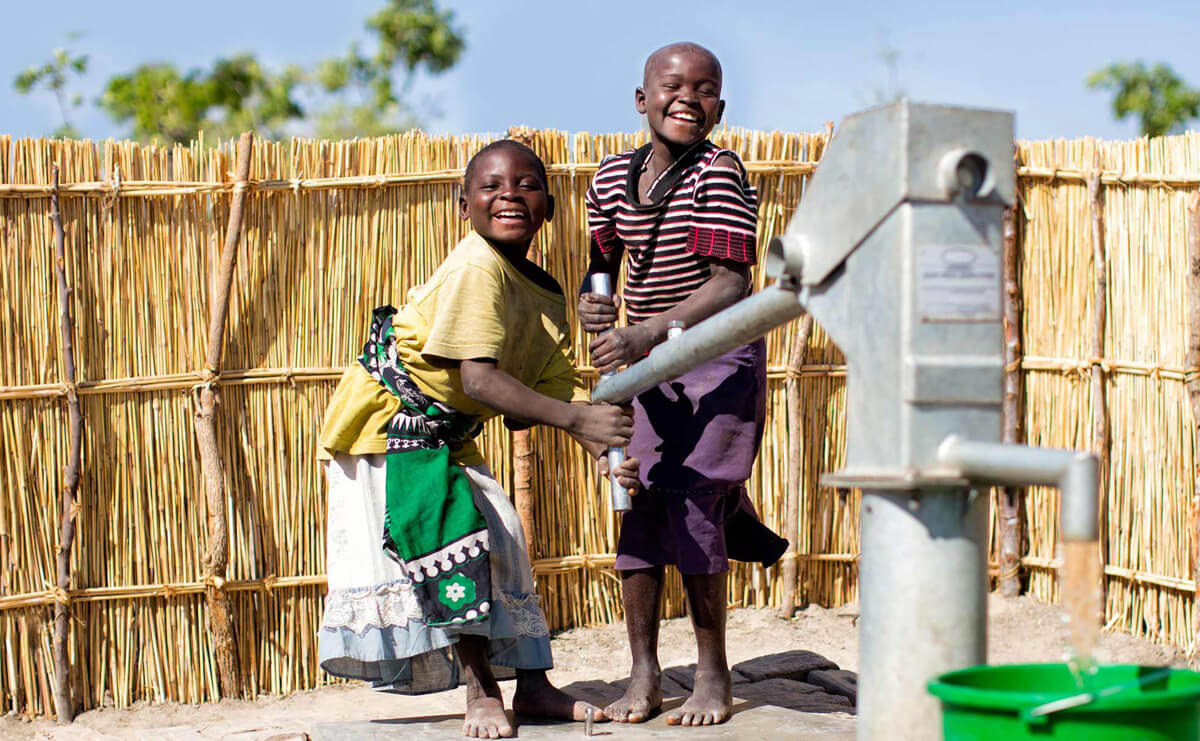An open letter to the UN Statistical Commission and Inter-Agency Expert Group on SDG Indicators
21 September 2015
The signatories of this document welcome Transforming Our World: the 2030 Agenda for Global Action and applaud all involved for including many of children’s holistic needs, including health care, education, and protection from violence, exploitation, and abuse. We wholeheartedly support the intention to ‘leave no one behind’ in the post-2015 global development agenda. To ensure that this is so, it is important that the global monitoring framework includes mechanisms to assess the most vulnerable and hard to reach populations.
Indeed, all children count, but not all children are counted. As a result, some of the world’s most vulnerable children – those without parental care or at risk of being so; in institutions or on the street; trafficked; separated from their families as a result of conflict or disaster; or recruited into armed groups – have largely fallen off the UN’s statistical map. There are only limited data about how many children live in such precarious circumstances, except for scattered estimates from some specific countries.
According to UNICEF’s 2015 Progress for Children report:
“As the world prepares for a new development agenda, data and evidence will only increase in importance and national systems must be strengthened to meet new demands. The new data agenda will need to harness the potential of new technologies to collect, synthesize and speed up the use of data, and also reinvigorate efforts to ensure complete and well-functioning registration systems. The new data agenda will need to provide insight into the most vulnerable children, relying on household surveys that provide data regardless of whether or not a child attends school or is taken to a health facility, as well as developing new approaches for collecting information about children who are homeless, institutionalized or internally displaced.”
With this in mind, we, the undersigned, recommend the following:
- Ensure that children living outside of households and/or without parental care are represented in disaggregated data.
When assessing States’ progress in improving the lives of children, living arrangements and caregiving environments are key markers for vulnerability, risk, and disadvantage. Children without parental care often experience abuse, neglect, lack of stimulation, and extreme and toxic stress, all of which have a profoundly negative effect on children’s health, education, development, and protection.
If the post-2015 agenda is to leave no one behind, it is essential that the global monitoring framework includes methodologies to ensure that children living outside of households and/or without parental care are represented and that data is used to inform targeted, appropriate, and accessible interventions.
Data disaggregation by care‐giving setting/living arrangement is key to tracking progress for all children, particularly regarding Goals 1, 3, 4, 8, 10 and 16. This is critical to a) analysing how trends differ between children living outside of households and/or without parental care and the general child population; and b) ensuring that programs and policies prioritize the most vulnerable children. Data collection should reflect the goals and definitions included in the UN Convention on the Rights of the Child and the UN Guidelines for the Alternative Care of Children.
- Improve and expand data collection methodologies to ensure all children are represented.
The Committee on the Rights of the Child has urged all States to develop indicators and data collection systems consistent with the Convention on the Rights of the Child. However, children living outside of households and/or without parental care are not covered in current mainstream data collection processes, which rely on household‐based surveys such as the Demographic and Health Surveys (USAID) and the Multiple Indicator Cluster Surveys (UNICEF). Innovative approaches must be developed to assess the conditions of the world’s most vulnerable children. The global monitoring framework must include mechanisms to track progress for all children, including those who are currently invisible as the result of inadequate indicators and data collection systems. The post-‐2015 global monitoring framework must establish mechanisms to integrate household‐based data with additional information on children temporarily or permanently living outside of households. In some countries, such data already exist although, to date, such data have not been routinely collected or analysed. The post-‐2015 global monitoring framework offers an opportunity to do more and better on behalf of the world’s most vulnerable children – ensuring, first and foremost, that they are no longer invisible.
Thank you for your consideration.





